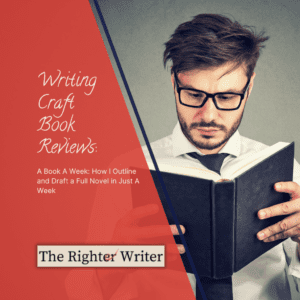
Writing Craft Book Reviews: A Book A Week
Fourth and last (for now!) in our series of book reviews featuring Kindle Unlimited books that explain ways to outline a novel. Let’s get ready for NaNoWriMo!
I'm an affiliate.
Some of the links on this page are affiliate links, but the opinions in my posts are my own, and I only mention products that I like and use myself. As an Amazon Associate, I earn from qualifying purchases. What that means is that if you click one of the links on my site and make a purchase, I might recieve compensation at no extra cost to you.
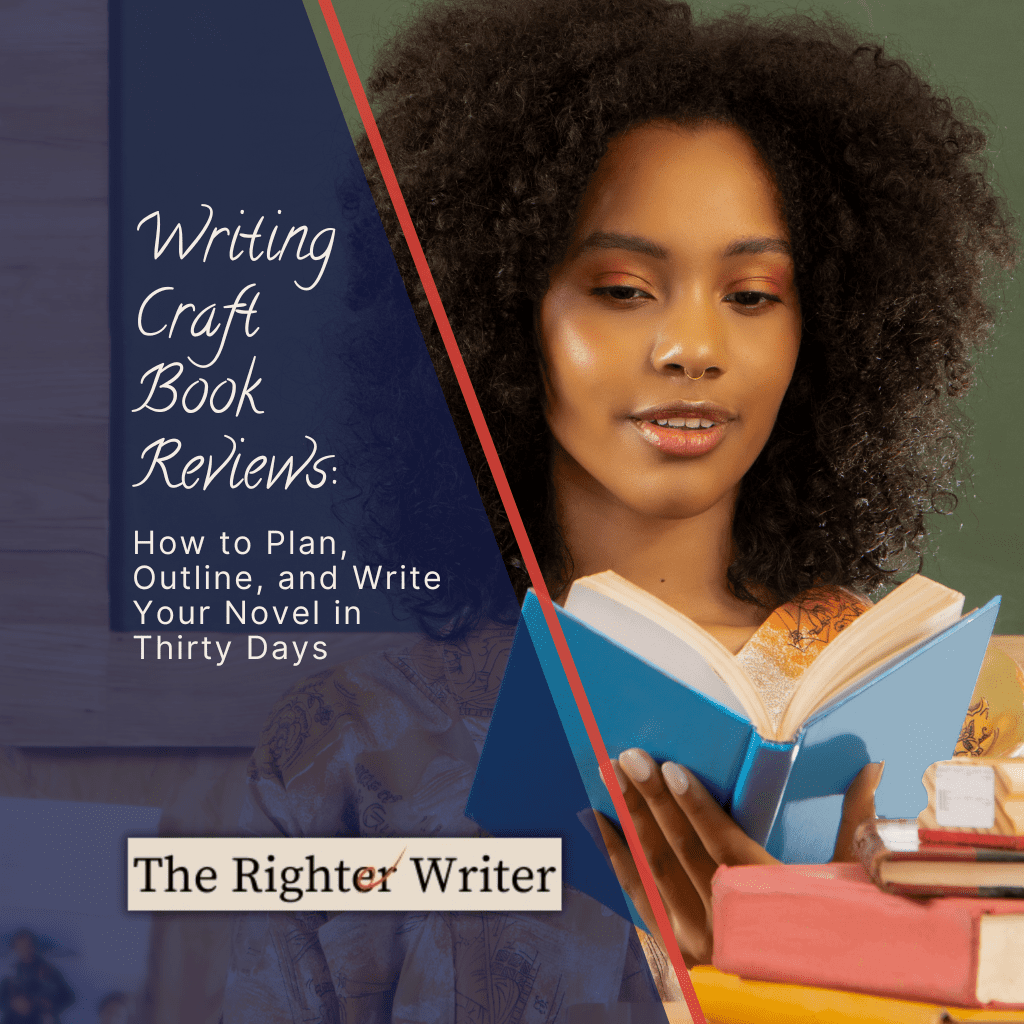
National Novel Writing Month is coming up in November, so this is “Preptober,” when authors plan out the novels that they are going to start next month.
A lot of authors create outlines before NaNoWriMo starts, so they can devote the entire month to writing and are more likely to succeed. There are a lot of books out there on how to outline a novel or story; it seems like every writer has their own way of doing things.
Books are expensive, though, and I can’t afford to buy every book about how to outline when most of them will not be what I’m looking for. Instead, I’ve been focusing on reading craft books that are available on Kindle Unlimited.
Do you read more than one paperback or two ebooks per month?
If you do, check out Kindle Unlimited.
I am a huge fan, because I read several novels and a couple of nonfiction books per week.
With KU, you can check out as many ebooks as you want for a monthly fee. It’s like a library with over a million books in it, both ebooks and some audiobooks, and it’s all yours. Well, ten books at a time are yours. Then, like in a library, return a book before you can check out another one.
On my Kindle reader, I can browse through the Kindle store and pick out paranormal romances, murder mysteries, science fiction action stories, or epic fantasy adventures—basically any genre I’m in the mood for. There are even graphic novels!
I like to look for books on Amazon on my computer; there’s a button that lets me sort by only KU books. My favorite feature, though, is the next-in-series feature. When I finish a book, the next book in the series pops up and I can download it to my device with one click!
If you don’t have Kindle Unlimited yet, this link will get you a free trial. I warn you though, it’s addictive!
I read How to Plan, Outline, and Write Your Novel in Thirty Days by Amy Deardon because I’d heard that it was a good reference for people attempting the National Novel Writing Month challenge.
I’m glad I did because the book is exceptionally useful.
Deardon was a research scientist before she was a writer, which clearly shows in her book’s layout.
Throughout the text, there are footnotes linking to outside resources and to areas within the book that give more information.
She presents her ideas with charts and graphs so they’re easier to understand.
The time she spends explaining technology also shows the author’s scientific background. The section on how to use Microsoft Word explains how to get to her results with screenshots of every button you need to click.
My only concern was that her Amazon author page lists just one novel, but she has eight books on writing. She explains on her about page that she is currently writing the second book in her series.
I like how How to Plan, Outline, and Write Your Novel in Thirty Days starts.
In the explanation of pantsing vs. planning, Deardon compares writing to a cross-country trip. Throughout the book, she paints a picture of complex ideas with interesting metaphors like this.
She uses Star Wars IV: A New Hope as an example to illustrate her ideas, which has the benefit of being a movie that most people have seen, but it’s also overused in these types of story structure books.
There are five sections in the book:
The first section is tailor-made for National Novel Writing Month, or NaNoWriMo, including two unique plans for writing 50,000 words in 30 days.
There’s more math than I had expected to find in a book like this; in this section, the author breaks down the NaNoWriMo process and shows how to set up logs to track your writing and planning both daily and weekly.
As she says, “The best way to accomplish a large goal is to keep breaking down the task until you have bite-sized pieces.”
One idea that sparked my interest was the suggestion of using a playlist if you are someone who writes with music in the background.
She says that if you listen to the same music each writing session, eventually your brain will come to associate those songs with writing, and “they will quickly put you ‘in the mood’ to settle in and get to work.”
I have seen song lists at the end of some novels—especially genre novels like urban fantasy or steampunk. I’ve always thought those music lists were a pretty cool addition to a book, and I’ve found new musicians that I’d never heard of from these lists.
In the section on creating a story goal and logline, the author says:
“Since you’re writing a short novel of 50,000 words, it’s best to stick with a well-delineated genre and stay within the genre norms.”
I agree with her, but I would have liked to have more explanation of what those “genre norms” are.
Instead of supplying the information herself, Deardon suggests visiting lists of story tropes online, like at this site.
The lists of logline generators, name generators, and story generators are interesting. I don’t know if I would use them for story starters, but they are fun to play with!
My opinion of the characters section is mixed. The descriptions only include three central characters, but the author’s system could be used for any number of characters.
I think it’s odd that Deardon calls the supporting character the heroine whether they are male or female—that seems confusing to me. She doesn’t explain why she uses “heroine,” she just makes a note of it in the text.
I do really like this quote:
“To be a worthy adversary, your Villain must be ‘better’ than your Hero—smarter, more experienced, richer, or whatever. The Villain’s advantages make the hero work to his utmost to be able to vanquish him at the end.”
In the Story Points section of the book, there is a definition of story as described by Peter Rubie and Gary Provost. That take on what makes up a story would probably be useful for working out the essential parts of a novel, especially if I were trying to come up with several story ideas at a time.
When the author is describing her process during this section, she starts with the ending, then the beginning, then moves through the major turning points in the three-act structure.
As I’ve read the books in this series on how to outline a novel, I’ve noticed that every author generates their story points in an order that appeals to them, but the points are mostly the same.
The meat of the book comes in the “Steps to Outline a Story” section.
Here, Deardon divides a story into 40 scenes and describes how to create a motif for each one.
When designing your scenes, she suggests breaking down scenes into “a mini-story with a beginning, middle, and ending that hooks into the next scene.” She then assembles those scenes into the traditional three-act structure, which she subdivides into Act 1, Act 2 part 1, Act 2 part 2, and Act 3.
Section four, “Write Your Story”, goes over three techniques for fast writing: freewriting, dictation, and the Pomodoro technique.
There is also a daily 5-minute pre-plan that I want to try; I think it will focus my writing so I get more out of my limited time. Deardon suggests defining a goal (aka a scene question), conflict, and disaster for each scene, then putting together the character’s reaction to that scene. I’ve heard other outlining systems call that scene and sequel.
The author also suggests storyboarding your scenes if you find your story moving away from your plan.
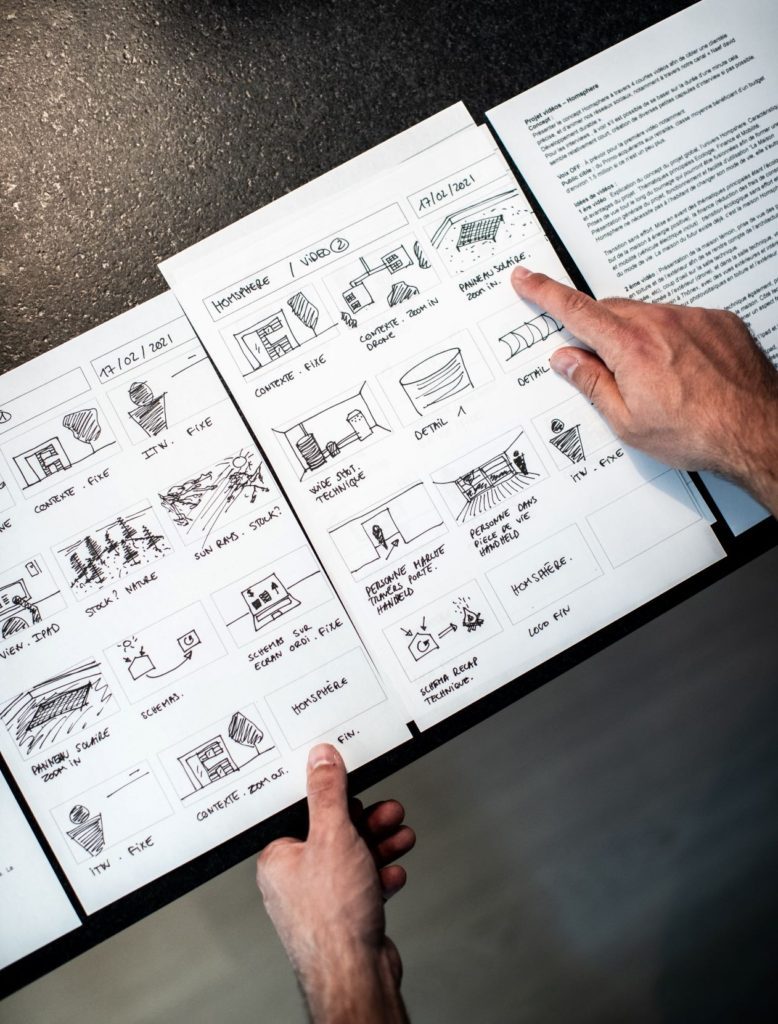
How to Plan, Outline, and Write Your Novel in Thirty Days ends with an overview of editing and publishing, and at the very end, there are links back to each topic in the book.
Those links were really useful for reviewing what I had forgotten (or what I wanted to clarify before writing this).
Overall, I gave this a full five stars.
I really liked the way the author laid out the material, and I appreciated both the internal links for navigating and the external links to more information.
This series started because I was preparing for National Novel Writing Month, and this book was fashioned to solve this exact problem.
I would recommend it to anyone planning on attempting NaNoWriMo.

I help authors, researchers, business people, students, and web marketers to polish their writing before they send it out into the world.

Fourth and last (for now!) in our series of book reviews featuring Kindle Unlimited books that explain ways to outline a novel. Let’s get ready for NaNoWriMo!
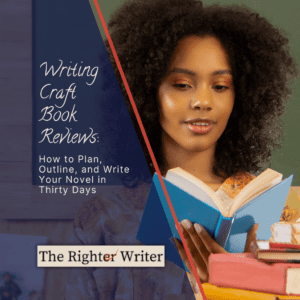
Third in our series of book reviews featuring Kindle Unlimited books that explain ways to outline a novel. Let’s get ready for NaNoWriMo!
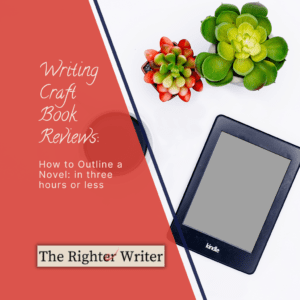
Second in our series of book reviews featuring Kindle Unlimited books that explain ways to outline a novel. Let’s get ready for NaNoWriMo!
